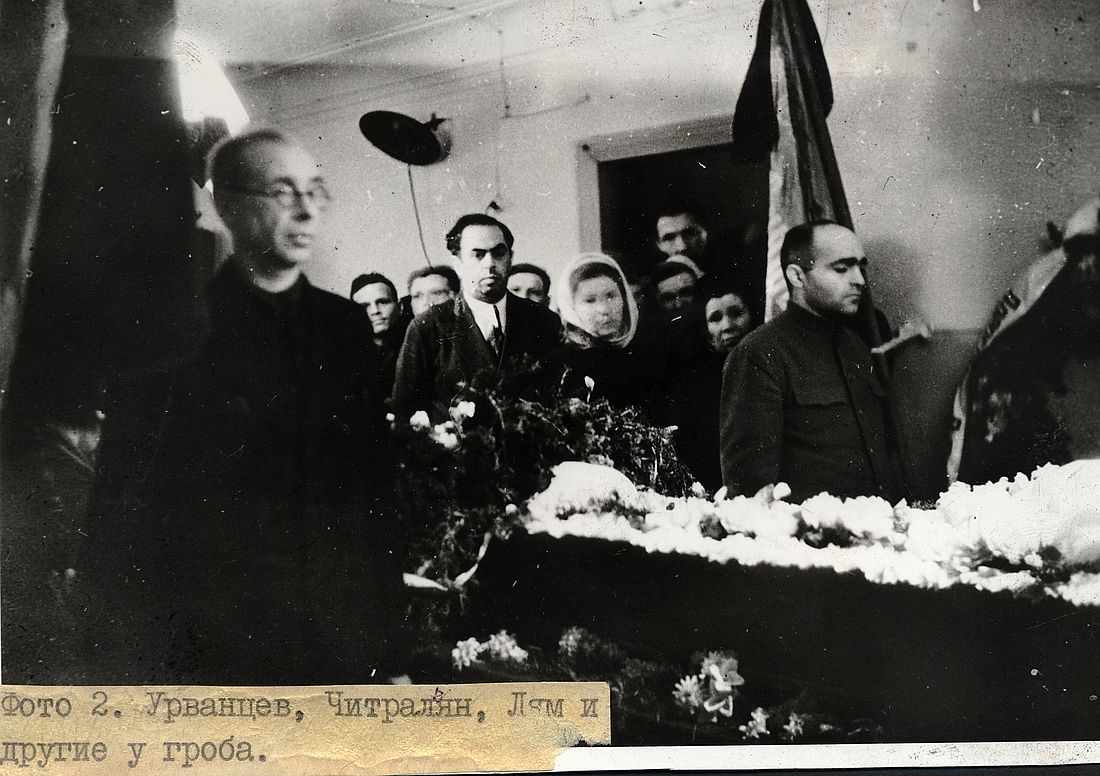#ARCTIC. #SIBERIA. THIS IS TAIMYR. Since 1985, the Norilsk Museum has kept a set of objects, documents and photographs of Vladimir Domarev, a member of the fourth geological expedition led by Pavel Alliluyev and Nikolay Urvantsev.
Then in 1925, a graduate of the Leningrad Mining Institute, who passed the First World War, as part of a party of geologists and geophysicists, studied Mount Rudnaya for six months. According to Domarev’s own assessment, given two decades later in a letter to his younger brother, also a geologist, in 1925 he “put geological research on the rails along which it rolled further”.
In the spring and summer, the deputy head of the expedition, Nikolay Urvantsev, was mainly engaged in the study of the Norilsk Valley lakes, after making two geological routes along Mount Rudnaya for a member of the Geological Committee (not yet an academician) Iosif Grigoriev and his younger colleague Vladimir Domarev. In the Report on Norilsk Deposits presented to the Supreme Council of National Economy, which sent the expedition, it was reported that the region’s ore deposits may be of industrial interest. Q.E.D.
A decade later, after his arrest at the end of 1936, Vladimir Domarev returned to the foot of Mount Rudnaya, where, as a prisoner of Norillag, he was engaged in small-scale geological survey and was satisfied with it. This information is from the same letter to his brother from Norilsk dated January 14, 1946. By that time, the prospective doctor of Geological and Mineralogical Sciences Victor Domarev had returned from the front and continued working in the field of geology and exploration of ore deposits, miraculously avoiding camps and exiles. So the same happened with the Vavilov brothers: one, a geneticist, was repressed, and the other, a physicist, received state awards.
Prior to his arrest, senior Domarev had been successfully engaged in exploration of non-ferrous metal deposits in the North Caucasus, Khakassia and the South Urals. Together with his brother, he had taken part in the compilation of the textbook Course of Exploration, one volume of which is kept in the Museum of Norilsk.
In 1939, Vladimir Domarev, with other twelve specialists, entered the geological department of the combine, writing more than one discovery in its history. His camp term expired in December 1945, but the long-awaited moment of liberation happened just on March 20, 1946. Then there was the Angarsk expedition, to the village of Motygino of the Krasnoyarsk region, where Vladimir finally met his wife Natalya Dmitrievna, who came to him from Moscow. (By the way, they got married in 1925 after Vladimir returned from Norilsk.) However, less than a year later, the Norilsk combine urgently needed the geologist Domarev. The historical telegram from Zavenyagin, who needed data on bauxite and magnesites in 1941, arrived on March 8, and Domarev went to Norilsk to take over the position of chief engineer of the combine’s geological department. His wife returned to their daughter in Moscow. Vladimir Sergeyevich had not seen his daughter Irina since the day of his arrest.
On April 21, Irina received a telegram stating that her father would fly to Moscow on a business trip on May 15. On April 23, 1947, at three o’clock in the morning, three armed bandits broke into the room of the combine’s geological office and mortally wounded Vladimir Sergeyevich, who lived there. Domarev refused to give the robbers the keys to cash safes and geological funds. On the same day, he died on the operating table.
In 1985, veterans of the Norilsk mining and metallurgical industry (Doctor of Technical Sciences Konstantin Ivanov, mineralogist Olga Lobacheva, Candidate of Medical Sciences Zahar Rosenblum, builder Iosif Shamis, journalists Nina Balueva and Sergey Shcheglov) appealed to the management of the combine with a proposal to perpetuate the memory of Vladimir Domarev. Then his daughter, who after the death of her father for some time lived with her mother in Norilsk, handed over to the city the geological accessories of her father which had served him in the last decade of his life and had been preserved by the family. Together with a geological magnifying glass and a hammer, the museum keeps the geologist’s personal belongings: a cigarette case, a cigarette holder, a leather pouch. Irina shared letters, documents and family photographs from her home archive, including those related to the tragic death of her father.
Vladimir Domarev lived for only 50 years. The veterans who had lived up to the half-century anniversary of the combine and knew Domarev, were sure that he was worthy to give his name to a Norilsk street. Like his colleagues Nikolay Urvantsev, Nikolay Fedorovsky, Vladimir Kotulsky.
Read about other interesting things from the local museum in the Artefacts section.
Text: Valentina Vachaeva, Photo: Norilsk Museum and open sources






